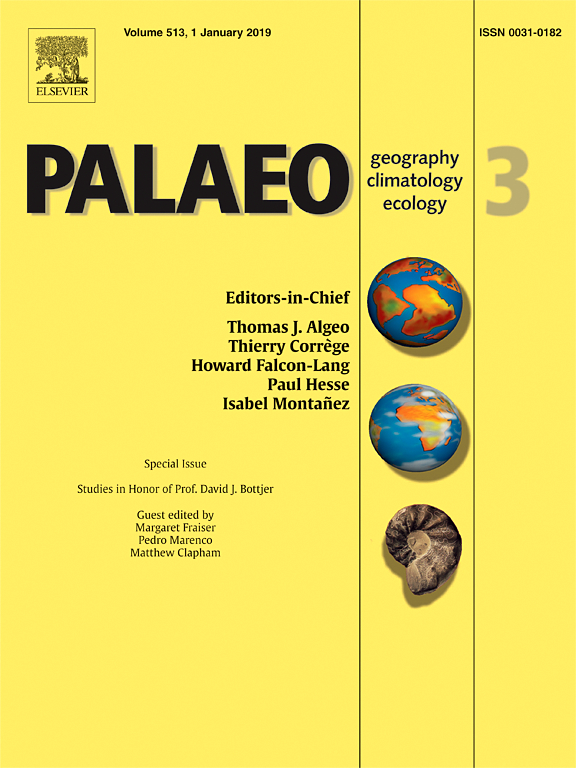Congratulations to Dr. Mareike Schmidt and co-authors for the recent publication of their paper in Palaeo3!
Good news below from Dr. Pavel Tarasov about the BHAP Freie Universitaet Berlin Team!
The final manuscript describing results of Mareike Schmidt’s PhD Thesis has been published in Palaeo3 by Elsevier.
Title: “A multi-proxy palaeolimnological record of the last 16,600 years from coastal Lake Kushu in northern Japan”
Abstract: Based on diatom, aquatic pollen and non-pollen palynomorph (NPP), lake sediment microfacies, and X-ray fluorescence (XRF) analyses we define three main phases of lake basin development including a marshy phase (ca. 16,600-9400 cal. yr BP), lagoon phase (ca. 9400-5900 cal. yr BP) and freshwater lake phase (since ca. 5900 cal. yr BP). Marine influence on the lake system linked to global sea-level rise and the Holocene marine transgression reached a maximum between ca. 8000 and 6000 cal. yr BP. An increase of Aulacoseira subarctica at 5530 cal. yr BP marks the end of the Holocene Thermal Optimum (i.e. onset of Middle Holocene cooling) in the study region. Our results further suggest that freshwater Lake Kushu had a significant effect on the initial habitation of Rebun Island by sedentary hunter-gatherer populations. The reconstructed onset of stable freshwater conditions (ca. 5100 cal. yr BP) coincided with the appearance of the earliest permanent settlements during the Middle Jomon culture phase (ca. 5000-4000 cal. yr BP). On the other hand, there is evidence for human-induced changes in the limnological resulting in high eutrophication levels that caused strongly reduced diatom productivity and enhanced green algae growth, which can be attributed to human activities apparently associated with the Okhotsk (ca. 1450-950 cal. yr BP) and Classic Ainu (ca. 350-100 cal. yr BP) culture periods.
Congratulations to Mareike Schmidt and co-authors (several of whom are BHAP/BAP team members!: Christian Leipe, Stefanie Müller (Beier), Mayke Wagner and Pavel Tarasov)!


